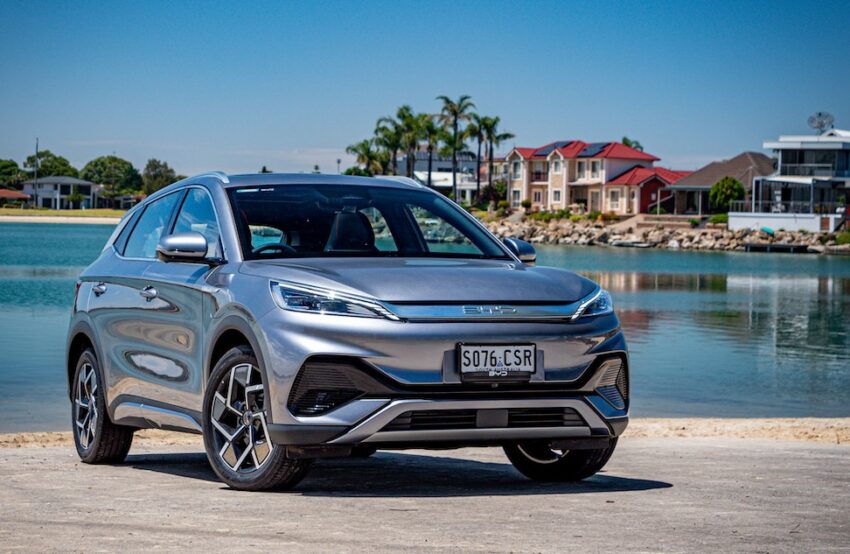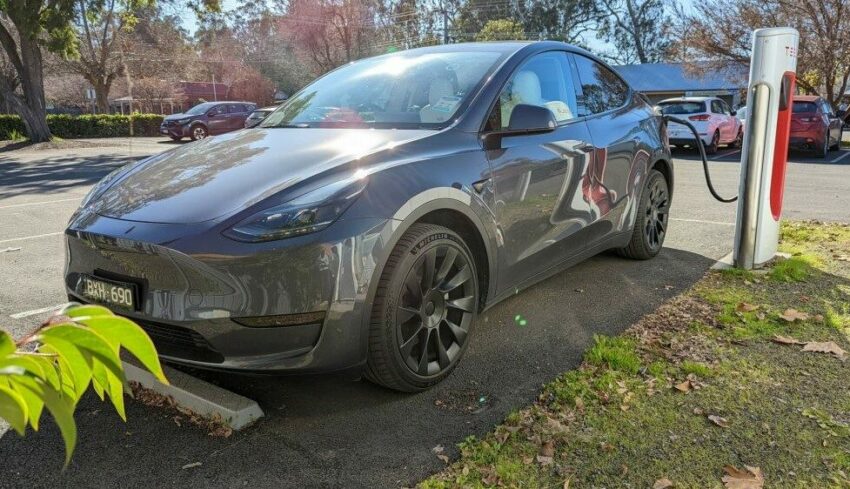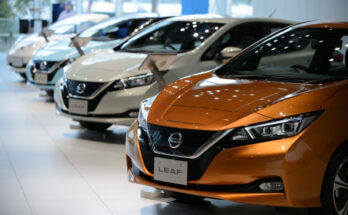With each passing year, the graph of EV adoption rate in global markets is increasing at a rapid curve. The same is being witnessed in Australia, one of the few key right-hand drive (RHD) markets like ours.
From January to June of this year, 8.4% of new automobile sales in Australia were electric, which in comparison was only 3.8% of new car sales in the whole of 2022. According to the Electric Vehicle Council (EVC) of Australia, the 46,624 EVs sold in the first 6 months of the year bring the total number of EVs on Australian roads to around 130,000, made up of approximately 109,000 battery-powered pure electric cars and around 21,000 hybrids.

Market share, however, is severely constrained. Only three vehicles, Tesla’s Model Y and Model 3, and the BYD Atto 3, account for more than 68% of the EV market, despite the fact that Australia has 91 different electric cars, vans, and pickups on the market.
Related: Despite Growing EV Sales in Australia, Toyota Says EVs are Not Prepared for Australians’ Needs
Still, according to Behyad Jafari, the Chief Executive of EVC, every new electric car often sells out within hours of coming onto the market. He estimated demand for EVs was double the actual sales figures, but consumers frequently placed orders that went unfulfilled and ultimately opted for a standard car instead due to the wait.

As demand for electric vehicles continues to outstrip supply, the lack of statutory vehicle efficiency criteria is being blamed. Jafari said the lack of supply of EVs was a direct result of Australia’s lack of a new fuel-efficiency standard. Government-mandated fuel-efficiency requirements reduce emissions from automobiles by establishing a limitation on carbon emissions across a manufacturer’s total sales. This incentivizes manufacturers to produce low- and zero-emission vehicles while penalizing those that fail to do so. Jafari said:
“As more right-hand drive countries, such as Thailand, introduce a standard, manufacturers are diverting more EVs away from the Australian market so as to not miss out on incentives. Carmakers are essentially rewarded for sending their EVs to markets other than Australia. So it’s small wonder we remain at the back of the queue.”
As a result, Jafari claims that the supply of lower-cost EVs (in Australia) is particularly scarce. Still, a 342% increase in EV sales over the previous year is indeed a positive indicator and demonstrates consumers’ willingness to purchase an EV.

A computer animation professional with over 23 years of industry experience having served in leading organizations, TV channels & production facilities in Pakistan. An avid car enthusiast and petrolhead with an affection to deliver quality content to help shape opinions. Formerly written for PakWheels as well as major publications including Dawn. Founder of CarSpiritPK.com




